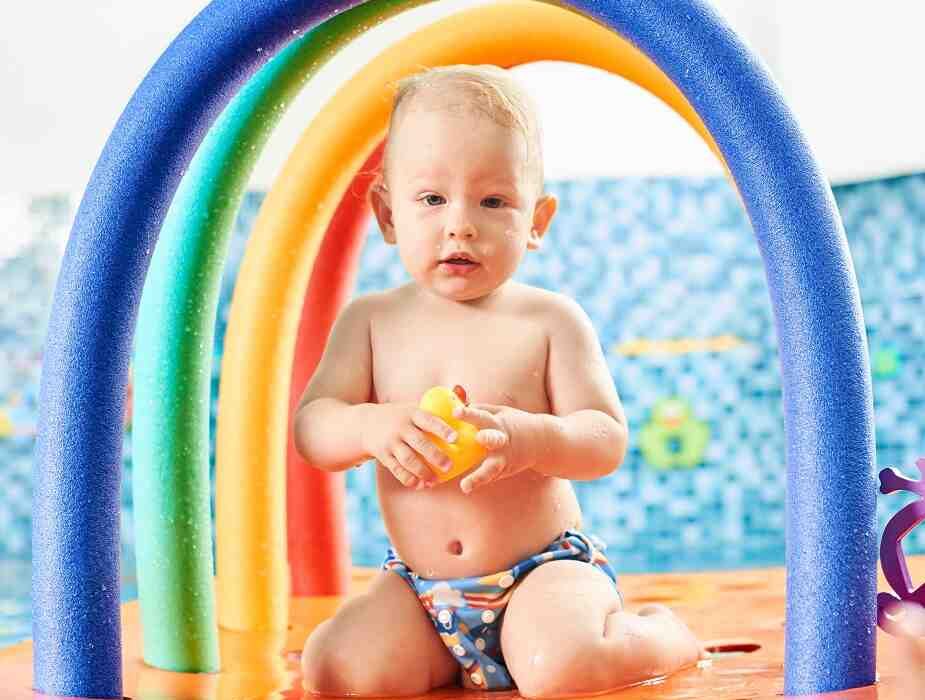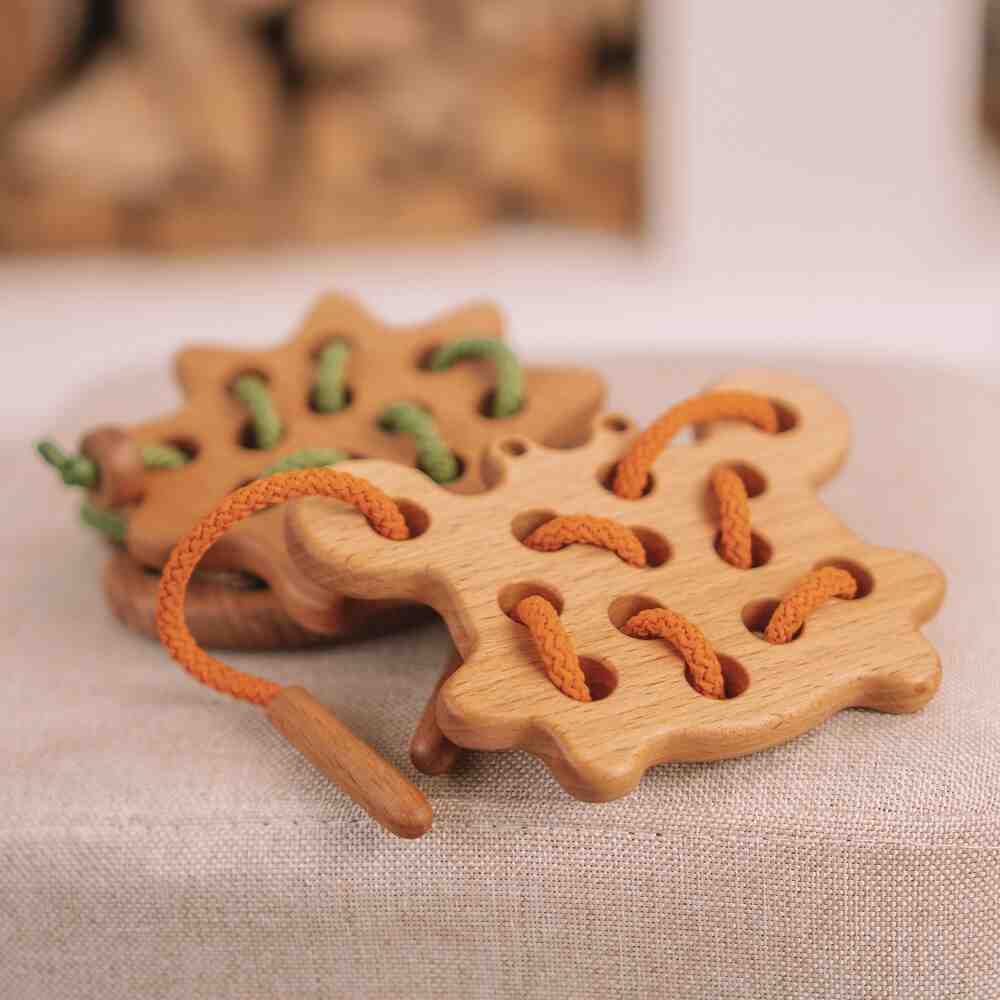Rubber vs. Plastic Teethers: Which is Safer?
Teething is an important milestone in a baby’s development, but it often comes with discomfort, irritability, and excessive drooling. To help ease the pain, parents turn to teethers—objects designed for babies to chew on and soothe their sore gums. Among the most common teething materials are rubber and plastic. While both options are widely available, concerns about safety, durability, and chemical exposure have led parents to question which is the better choice. In this article, we’ll compare rubber and plastic teethers, exploring their safety, benefits, and potential risks.
Understanding Rubber and Plastic Teethers
Before diving into the safety aspects, it’s essential to understand the basic differences between rubber and plastic teethers.
- Rubber Teethers: Made from either natural rubber (harvested from rubber trees) or synthetic rubber, these teethers are soft, flexible, and often free from harmful chemicals.
- Plastic Teethers: Manufactured using various types of plastic, these teethers can be firm or soft and may include gel-filled or water-filled options for additional cooling relief.
Both materials have their own pros and cons, but when it comes to safety, a closer look at their composition and potential health concerns is necessary.
Safety Concerns: Rubber vs. Plastic
When selecting a teether for your baby, safety is the top priority. The following factors play a crucial role in determining which material is safer.
1. Chemical Exposure
One of the biggest concerns with teethers is the presence of harmful chemicals.
- Rubber Teethers: Natural rubber teethers are generally considered safer because they are free from synthetic chemicals. However, some rubber teethers may contain latex, which can cause allergic reactions in certain babies. If your baby has a latex allergy, it’s crucial to look for latex-free options.
- Plastic Teethers: Plastic teethers, especially older or lower-quality ones, may contain bisphenol A (BPA), phthalates, or polyvinyl chloride (PVC)—all of which have been linked to potential health risks. BPA and phthalates are known endocrine disruptors that can interfere with hormone function. Many manufacturers now produce BPA-free plastic teethers, but concerns about alternative chemicals like BPS (a BPA substitute) remain.
Winner: Rubber teethers (as long as they are latex-free) generally have fewer chemical risks than plastic teethers.
2. Durability and Potential Choking Hazards
Babies tend to bite down hard on their teethers, so durability is an important factor.
- Rubber Teethers: High-quality rubber teethers are durable and can withstand extensive chewing without breaking apart. However, natural rubber teethers may wear down over time and require frequent inspection to prevent small pieces from breaking off.
- Plastic Teethers: Hard plastic teethers can crack, while soft plastic teethers may tear or degrade over time. If a plastic teether contains gel or water, there is a risk of leakage, which can expose babies to unsafe substances.
Winner: Rubber teethers tend to be more durable, but both types require regular checks for wear and tear.
3. Antibacterial Properties
Bacteria buildup is another concern for teething toys, as babies frequently drop them or put them in their mouths after exposure to germs.
- Rubber Teethers: Natural rubber has some antibacterial properties, which can make it more hygienic than plastic. However, if a rubber teether has small cracks or becomes porous, bacteria may accumulate.
- Plastic Teethers: Plastic teethers, especially textured ones, can trap bacteria in small crevices. Without proper cleaning, plastic teethers can become breeding grounds for germs.
Winner: Rubber teethers have slight antibacterial advantages, but both materials need regular cleaning.
4. Environmental Impact
Eco-conscious parents may also want to consider the environmental impact of their teether choices.
- Rubber Teethers: Natural rubber is biodegradable and more environmentally friendly than plastic. Sustainable rubber harvesting practices make these teethers a better choice for parents looking to reduce their carbon footprint.
- Plastic Teethers: Plastic teethers contribute to environmental pollution, as they are non-biodegradable and take hundreds of years to decompose. Even BPA-free plastic is not necessarily eco-friendly.
Winner: Rubber teethers are the clear choice for sustainability.
5. Comfort and Texture
Different babies have different preferences when it comes to the feel and texture of their teethers.
- Rubber Teethers: Soft and flexible, rubber teethers provide gentle pressure on a baby’s gums. Some rubber teethers come with textured surfaces to offer additional relief.
- Plastic Teethers: Available in a range of textures and shapes, plastic teethers can sometimes be more visually engaging for babies. Many also come in water-filled or gel-filled options that can be refrigerated for extra cooling relief.
Winner: Tie—rubber teethers offer a soft, natural feel, while plastic teethers may provide additional cooling benefits.
How to Choose a Safe Teether for Your Baby
Regardless of whether you choose rubber or plastic, here are some key guidelines to ensure you pick the safest teether:
- Check for Safety Certifications – Look for CPSC (Consumer Product Safety Commission), ASTM F963, or EN71 certifications to ensure compliance with safety standards.
- Opt for Non-Toxic Materials – Choose BPA-free, phthalate-free, and PVC-free options for plastic teethers. For rubber teethers, ensure they are latex-free if your baby has allergies.
- Inspect for Durability – Regularly check for cracks, tears, or leaks. Discard any damaged teethers immediately.
- Avoid Teethers with Liquid Fillings – Gel-filled teethers may leak over time, posing a potential health risk.
- Choose Easy-to-Clean Options – Look for teethers that can be sterilized, hand-washed, or easily wiped clean.
Conclusion
When it comes to safety, rubber teethers generally have the edge over plastic teethers because they are more natural, free from harmful chemicals, and biodegradable. However, parents must be mindful of latex allergies and regularly inspect rubber teethers for wear and tear. Plastic teethers, especially BPA-free versions, can still be a good choice if they are made from high-quality, baby-safe materials and properly maintained.
Ultimately, the best teether is the one that your baby finds comforting, and that meets high safety standards. Whether you choose rubber or plastic, always prioritize non-toxic materials, durability, and hygiene to keep your baby safe during the teething process.




